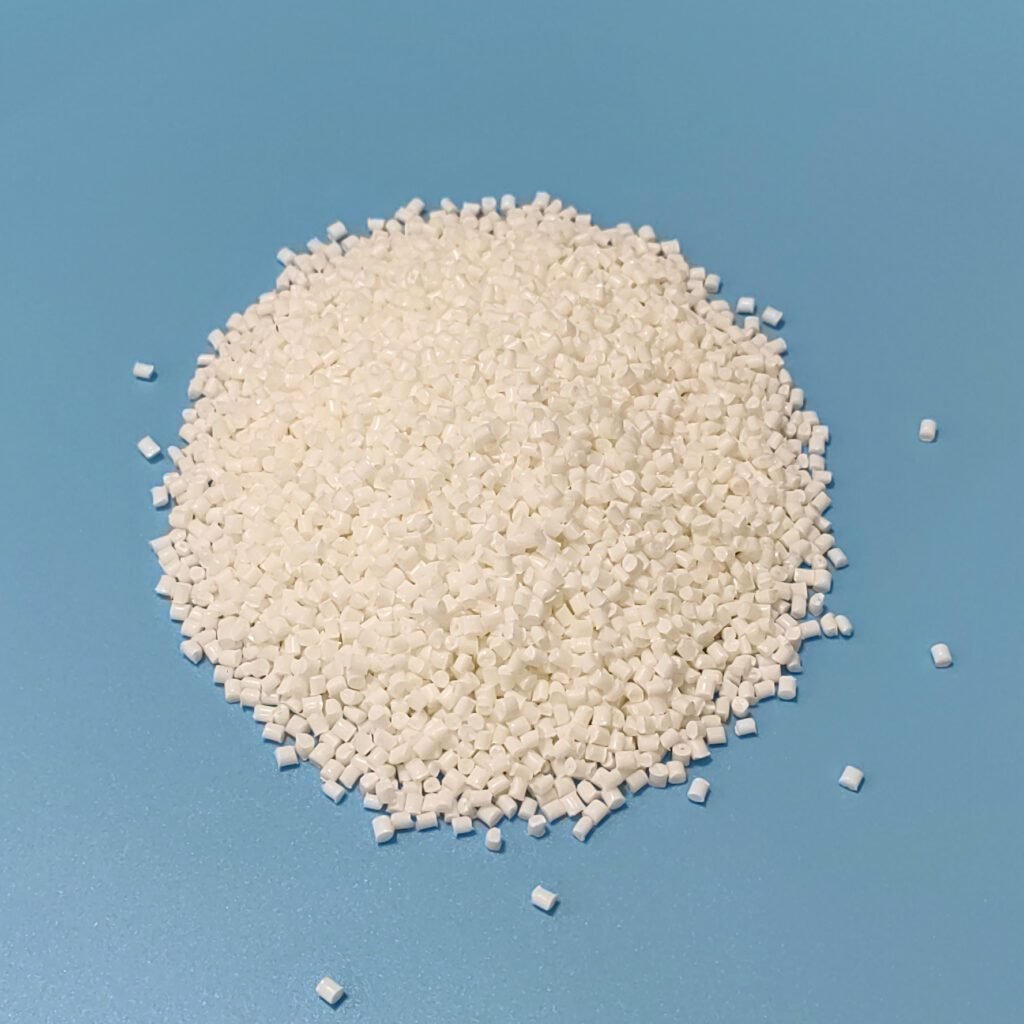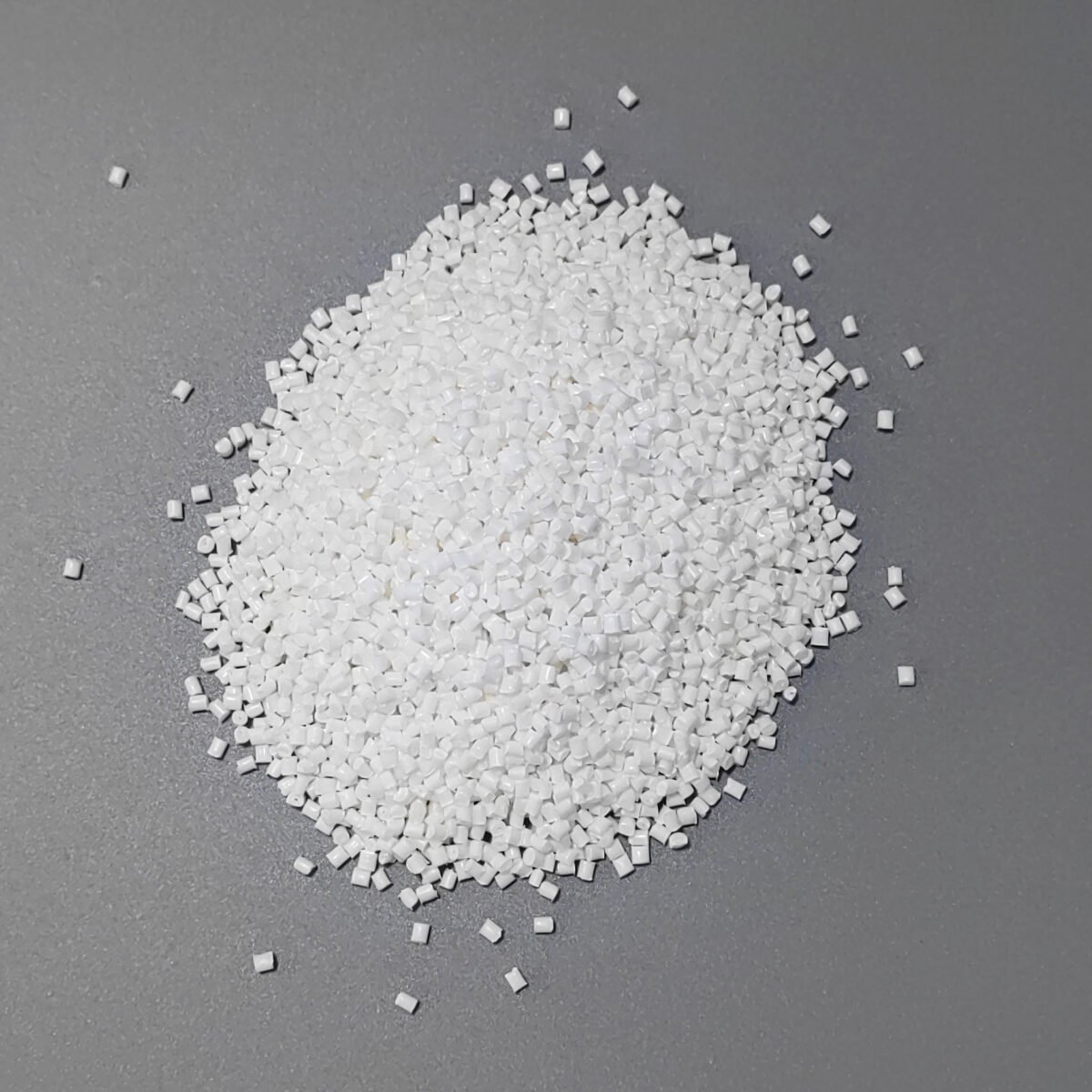PRODUCTS


Nylon 6 CM1017 Full Guide | Applications and Datasheet
Product Struction
What is Nylon 6 CM1017
In applications such as home appliance structural components and automotive interior brackets, the stability and processability of materials are often more crucial than strength parameters. Although Toray PA6 CM1017 is a non-reinforced nylon 6, it performs exceptionally well in terms of dimensional accuracy, electrical insulation and low-temperature impact resistance, and is thus widely used in demanding structural scenarios.
Behind this material lies Toray's years of accumulation in polyamide technology, especially in the optimization of molecular weight distribution, crystallinity and chain end control, which endows it with excellent injection molding consistency and thermal shock life, making it suitable for long-term stable production. Compared with the pursuit of low-cost conventional materials, nylon 6 CM1017 pays more attention to mold compatibility and processing reliability, making it a stable choice favored by engineers.

01 | Material highlights: Understand the value of the data from it
Non-reinforced type, still with good mechanical strength
Nylon 6 CM1017 is a pure nylon 6 base material without adding reinforcing fillers. Its dry tensile strength reaches 78 MPa and the yield elongation is 7.8%. This material can still maintain high rigidity and toughness under normal temperature and medium-high temperature (up to 80°C) conditions, making it suitable for use in precision structural components that have certain requirements for strength and impact toughness.
Excellent low-temperature impact performance
The material still has good notched impact strength at low temperatures of -40°C. It can be used in parts that need to withstand cold weather or hot and cold shocks, such as engine compartment housings, sensor bases, relay boxes, etc., to effectively reduce the risk of failure due to low-temperature brittle cracks.
Excellent electrical insulation capability
PA6 CM1017 features outstanding electrical insulation performance, with a CTI value (Tracking Resistance Index) of 600V and a volume resistivity of 2×10¹⁵ Ω·cm. It is suitable for insulating components in high-voltage and high-density electrical structures, such as connector bodies, wire harness brackets, and insulating structure skeletons.
The thermal performance is stable and the dimensional shrinkage is well controlled
The heat distortion temperature of this material (0.45 MPa) is as high as 190°C, and its melting point is 225° C. It can withstand relatively high processing temperatures or working heat loads. Its coefficient of thermal expansion is controlled within the range of 80-120 ×10⁻⁵/°C, with balanced shrinkage in all directions, which is conducive to maintaining dimensional stability of the products after molding. It is suitable for precision molds and complex geometric products.
High fluidity and excellent injection molding processing efficiency
The melt index of CM1017 is 20 g/10min (220°C/10kg), and it has good fluidity. It is suitable for injection molding of thin-walled products (the thinest can reach 0.8 mm). During the injection molding process, the filling is smooth, and there are few problems such as warping and burrs of the product. It is suitable for multi-cavity molds and automated production, improving the molding stability and production efficiency.
Datasheet
| Mechanical behavior | Condition | Standard | Value | Unit | |||
| Elongation | Yield 23°C | ISO 527 | 1.5/ | % | |||
| Elongation | Break 23°C | ISO 527 | 38/50 | % | |||
| Shearing Strength | 23°C | ASTM D732 | 75/70 | MPa | |||
| Compressive Strength | 23°C | ISO 604 | 85/ | MPa | |||
| Flexural Strength | 23°C | ISO 178 | 120/45 | MPa | |||
| Flexural Strength | -40°C | ISO 178 | 145/140 | MPa | |||
| Flexural Strength | 80°C | ISO 178 | 50/30 | MPa | |||
| Flexural Modulus | 23°C | ISO 178 | 3000/1000 | MPa | |||
| Flexural Modulus | -40°C | ISO 178 | 3900/3600 | MPa | |||
| Flexural Modulus | 80°C | ISO 178 | 800/400 | MPa | |||
| Tensile Strength | 23°C | ISO 527 | 85/40 | MPa | |||
| Tensile Strength | -40°C | ISO 527 | 120/115 | MPa | |||
| Tensile Strength | 80°C | ISO 527 | 30/20 | MPa | |||
| Friction Coefficient | VS Metal | INTERNAL METHOD | 0.2~/ | ||||
| Tiber wear and tear | ISO 9352 | 3~4/ | mg/1000cy | ||||
| Charpy Un-notch Impact | 23°C | ISO 179 | NB/ | kJ/m² | |||
| Charpy Un-notch Impact | -40°C | ISO 179 | NB/ | kJ/m² | |||
| Charpy Notch Impact | 23°C | ISO 179 | 4/31 | kJ/m² | |||
| Charpy Notch Impact | -40°C | ISO 179 | 2.5/11.5 | kJ/m² | |||
| Thermal | Condition | Standard | Value | Unit | |||
| Heat Conductivity Coefficient | 0.25 | W/(m·°C) | |||||
| Specific Heat | 1.9 | J/(g·°C) | |||||
| HDT | 0.45MPa | ISO 75 | 190 | °C | |||
| Melting Temperature | DSC | INTERNAL METHOD | 225 | °C | |||
| CLE | ISO 11359 | 8E-5 | cm/cm/°C | ||||
| Physical property | Condition | Standard | Value | Unit | |||
| Water Absorption | 23°C | ISO 62 | 10.5 | % | |||
| Water Absorption | 23°C 24hr | ISO 62 | 1.8 | % | |||
| Shrinkage | Flow 80×80×1mm | INTERNAL METHOD | 0.5~1 | % | |||
| Shrinkage | Flow 80×80×3mm | INTERNAL METHOD | 1~1.6 | % | |||
| Density | 23°C | ISO 1183 | 1.13 | g/cm³ | |||
| Electrical properties | Condition | Standard | Value | Unit | |||
| CTI | UL 746 | 600/ | |||||
| Dielectric Constant | 23°C 1KHz 60RH | IEC 60250 | 3.9/8 | ||||
| Dielectric Constant | 23°C 1MHz 60RH | IEC 60250 | 3.4/4.5 | ||||
| Dielectric Constant | 23°C 50Hz 60RH | IEC 60250 | 4.1/9 | ||||
| Volume Resistivity | IEC 60093 | 1E+14~1E+15/1.09E+4~1E+12 | Ω.cm | ||||
| Dielectric Strength | IEC 60243 | 20/ | KV/mm | ||||
| Arc Resistance | UL 746 | 120/ | s | ||||
| Dissipation Factor | 23°C 1KHz 60RH | IEC 60250 | 0.06/0.11 | ||||
| Dissipation Factor | 23°C 1MHz 60RH | IEC 60250 | 0.03/0.13 | ||||
| Dissipation Factor | 23°C 50Hz 60RH | IEC 60250 | 0.07/0.1 | ||||
| Hardness | Condition | Standard | Value | Unit | |||
| Rockwell Hardness | R Scale 23°C | ISO 2039 | 119/90 | ||||
| Rockwell Hardness | R Scale 80°C | ISO 2039 | 83/ | ||||
| Flammability | Condition | Standard | Value | Unit | |||
| Flame Rating | 0.8mm | UL94 | V-2 | ||||
02 | Scenario-based application: From "Plastic Pellets" to "Functional Components"
In the automotive field: It is suitable for heat-resistant and impact-resistant parts such as engine compartment wiring harness brackets, sensor bases, and battery connection boxes
Household appliances: It can be used for the inner lid of rice cookers, the base of electric kettles, and the structural frame of power tools
Electrical engineering: Switch sockets, plug housings, industrial control connector housings, etc
Industrial parts: Various positioning plates, sliders, and mounting frames that require high dimensional stability
03 | Why choose it? Three reasons from industry engineers
"Precision parts are afraid of shrinking, but this one forms particularly stably." "
-- A structural engineer of home appliances for a certain Japanese enterprise
"Not every material can withstand low-temperature impact. It is still very stable at -40° C." "
-- Northern automotive wiring harness supplier
"The mold came out smoothly and the test mold was formed in one go." "
-- Person in charge of injection mold manufacturing
04 | From the perspective of the production process, how does it achieve low stress and low defects
During the granulation process of CM1017, a specific melt pressure control and water ring pelletizing system were employed, resulting in a more uniform particle surface and extremely low moisture residue. This gives it: during injection molding
Shorter drying time (saving pretreatment costs)
Lower warpage and weld marks (improving appearance consistency)
Less nozzle carbon deposits (reduced equipment maintenance frequency)
In short, it is designed for high-efficiency injection molding production lines and can reduce the "risk variables" in each cycle.
05 | Compared with the enhanced PA6, it is more suitable for projects with "light load and high appearance"
You might ask: Why not use glass fiber reinforced PA6? Isn't the intensity higher?
The answer is: Enhanced PA6 is indeed strong, but it also brings the following side effects:
The mold wears out quickly.
The parts are prone to fiber protrusion/poor appearance
Uneven dimensional shrinkage rate (especially in thin-walled parts and irregular structures)
And CM1017 is precisely suitable for those shell components that "need to be lightweight, have a good appearance, and not be too expensive". For example, household appliances, office equipment, electronic bases, etc.
06 | Compared with POM and ABS, it is more cost-effective in the "high temperature + strength" scenario
Different engineering plastics each have their own strengths. For example:
POM performs outstandingly in friction performance, but it is prone to thermal aging and dimensional instability under continuous high temperatures.
ABS has good appearance formability and is suitable for making high-gloss parts, but it is slightly lacking in impact resistance and heat resistance.
In contrast, the advantage of PA6 CM1017 lies in its combination of certain mechanical strength and heat resistance, as well as its good molding freedom and economy. It is not as sensitive to high temperatures as POM, nor as prone to impact damage as ABS. It is more suitable for application scenarios that seek a comprehensive balance among structural performance, cost and processing efficiency.
For instance, for some medium-load injection-molded parts that require a certain degree of heat resistance, CM1017 can offer a more reliable solution, making the design more flexible, production more efficient, and costs more controllable.
07 | Future trend: Non-reinforced nylon can also be used for "green manufacturing"
With the global focus on sustainable production, non-reinforced nylon is gradually becoming one of the standard features of "green injection molding factories" due to its higher recyclability (no glass fiber pollution) and lower energy consumption (lower molding temperature).
Especially for PA6 with a clean molecular structure like CM1017, it is easier to be reprocessed and reused in a recycling system, which is a plus point for enterprises that pay attention to carbon emission management.
08 | Packaging and Supply
Appearance: Natural-color particles
Brand: Toray
Specification: 25kg bagged
Processing method: Injection molding
We can provide TDS technical data sheets and sample applications. Welcome to click "Contact Us" on the right.
【Related Recommendations】
DSM PA6 1010C2: Flame-Retardant, Nucleated Nylon 6 for Injection Molding Applications Learn more>
PA6 7301 NC010: High-Transparency, Flexible Nylon 6 for Films and Clear Injection Parts Learn more>
LANXESS PA6 BKV30H2.0 901510: 30% Glass Fiber Reinforced Nylon 6 Learn more>






